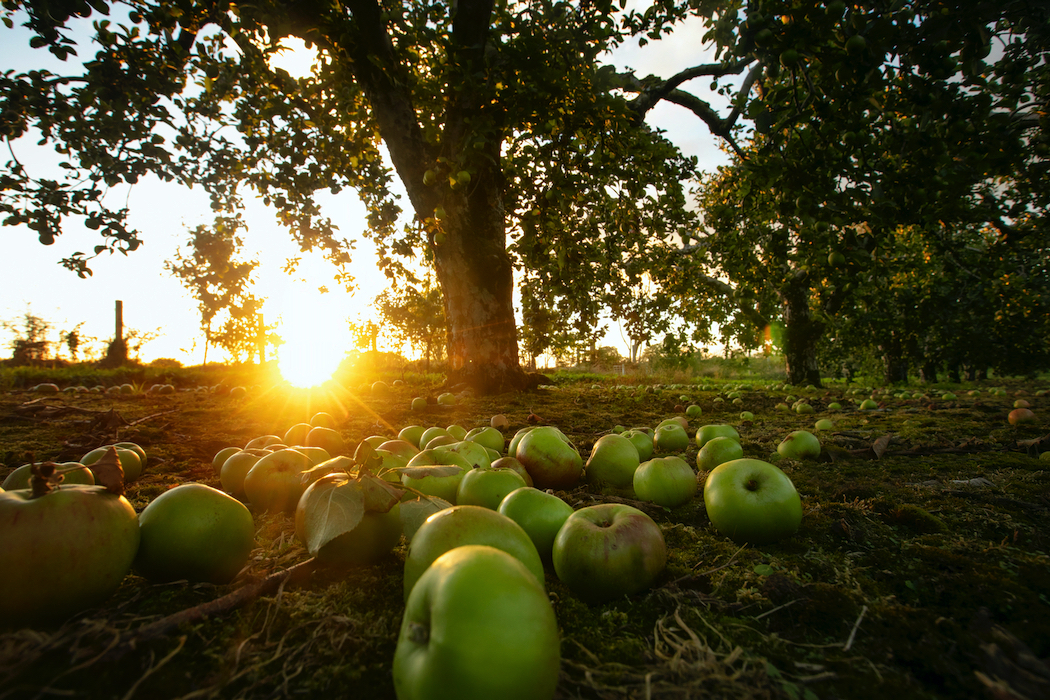
The story about traditional Halloween food is as intriguing and fascinating as the story about Halloween itself.
If you’ve read our post, Do You Know Where Halloween Originated?, you’ll know that the Halloween tradition was brought to America from Ireland, where it has its roots in the ancient Celtic festival of Samhain. The Celts believed that at sundown on October 31, the border between the worlds of the living and the dead became blurred, allowing spirits to pass through.
In times past and still today, Halloween in Ireland is a harvest festival celebrated with a feast. At this time of year, the harvest was in and food was plentiful, so it’s not surprising that a big feast of seasonal fare played a major part in the celebrations.
Turnips, apples and apple cider, mulled wines, gourds, nuts, beef, pork, poultry, ale – the Samhain recipes concocted from the harvest brought the community together as work halted, feasting started and the Celts ate the fruits of their labour, told stories and tried to predict their fortunes.
Traditionally, Irish foods eaten at Halloween contained no meat, as when Samhain eventually merged with the Christian All Hallows Eve, the day before All Saints Day, to create what we now know as Halloween, it was a day of preparation and fasting. As time went on, it came to be celebrated with potato dishes including champ, boxty, fadge – a type of apple cake – as well as fruit, nuts, barmbrack bread and a good colcannon dinner.
Colcannon, simple and uniquely Irish, has become popular all around the world. Made with potatoes mashed and mixed with chopped kale or green cabbage and onions, it is a hearty dish to have on Halloween before heading out for an evening of fun and mischief.
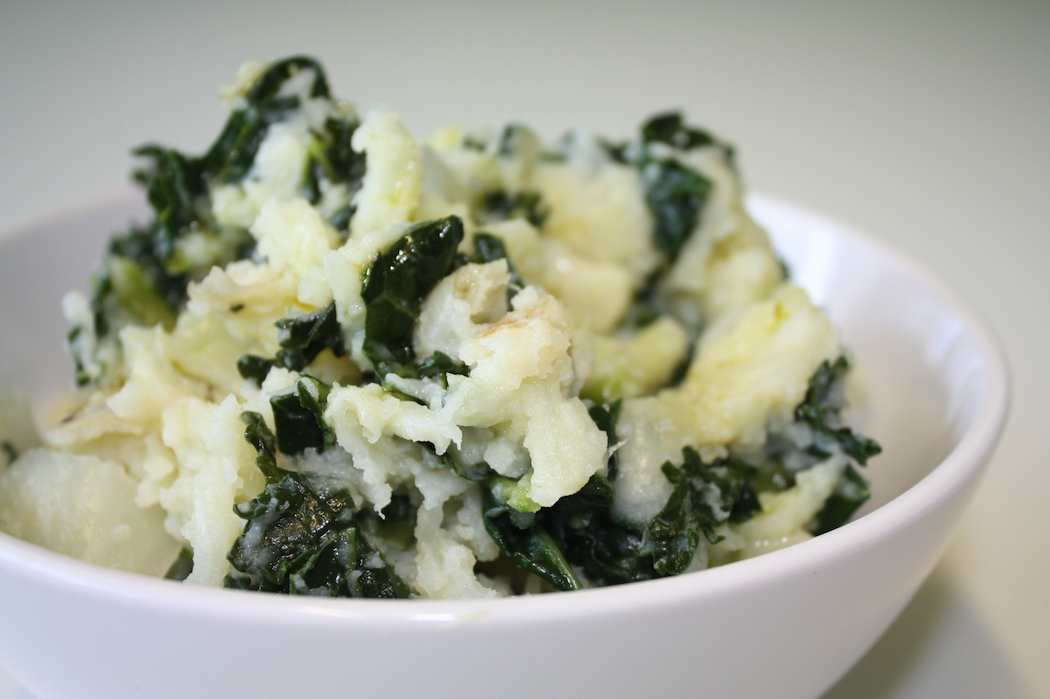
Irish homes would traditionally be filled with the smell of baking bread over the open fire, and another delicious treat known as barmbrack becomes special in the weeks leading up to Halloween. This dried fruit-studded bread comes from the Irish ‘bairín breac’, which literally means speckled loaf.
While barmbrack is eaten all year round, it is only at Halloween that charms are added to the mix, each having a fortune-telling significance for the year ahead. The fruits can be soaked in whiskey, tea, or both, which gives an added richness to the flavour.
Everyone in the family gets a slice of the bread, but you have to be careful when chewing! A ring signifies the discovery of true love and marrying, a thimble means you will never marry, a rag predicts poverty, while a finding a coin foretells that you will be rich.
Apples have always been associated with Halloween, though in Ireland they should never be picked during this time because it was believed the púca (fairy shapeshifters) spat on them the night after Samhain.
In modern Ireland this traditional foodstuff may take the form of apple monsters, creepy apple bites and apple pies with ghost-white cream to fit with an endless array of children’s treats that can involve anything from black widow spider biscuits, cranberry flavoured vampire juice and extra-devilled eggs.
In old Ireland, after a supper of colcannon, young people allowed apple peel to fall on the ground in the belief that it would show the initial letter of a sweetheart’s name. And, as still happens today, they would duck for apples in a barrel or basin of water.
Another favourite Halloween pastime for courting couples was to sit around the fire telling stories and roasting nuts. In Ireland, the old ways are the best.
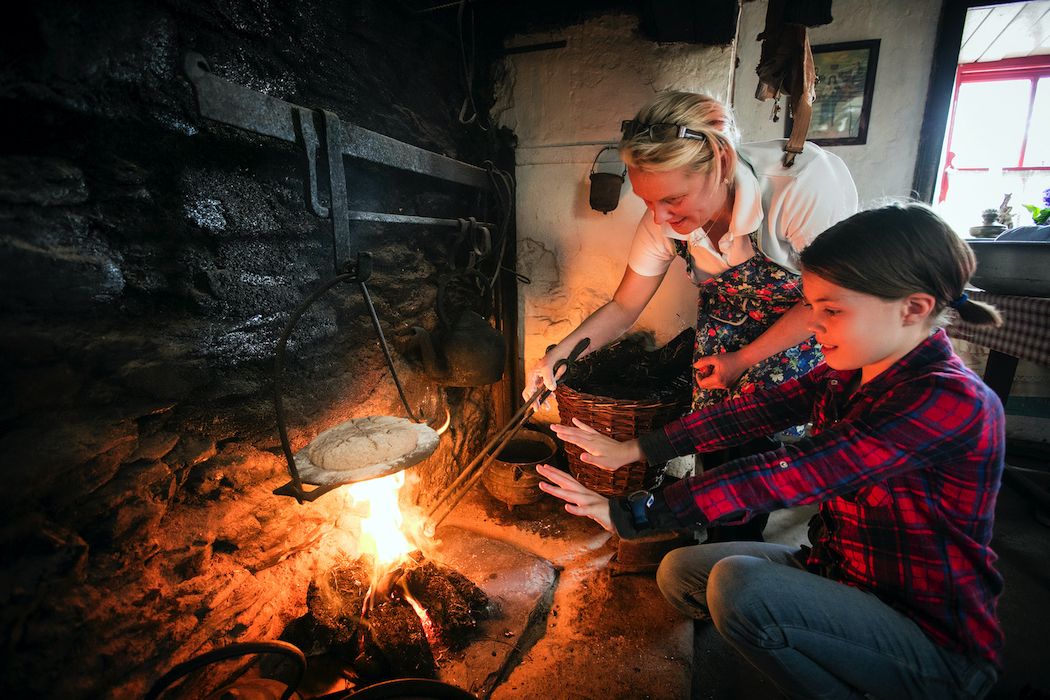
The above post draws on information and images provided by Tourism Ireland and reproduced with its permission.

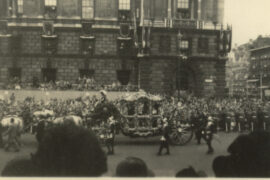
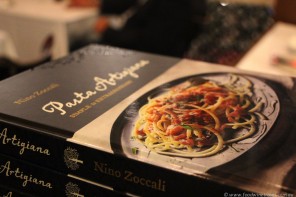
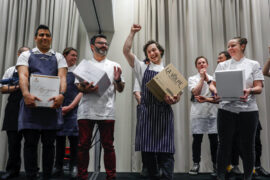

Hi Maurie and Christine, I enjoyed your article on Traditional Halloween Food in Ireland but that should not surprise you Maurie. All the best form David M in Canberra
Hi Dave, great to hear from you. There may be some memories here for you with this story.
I usually cook Colcannon when I do a beef & Guinness pie – great combination.
Sláinte